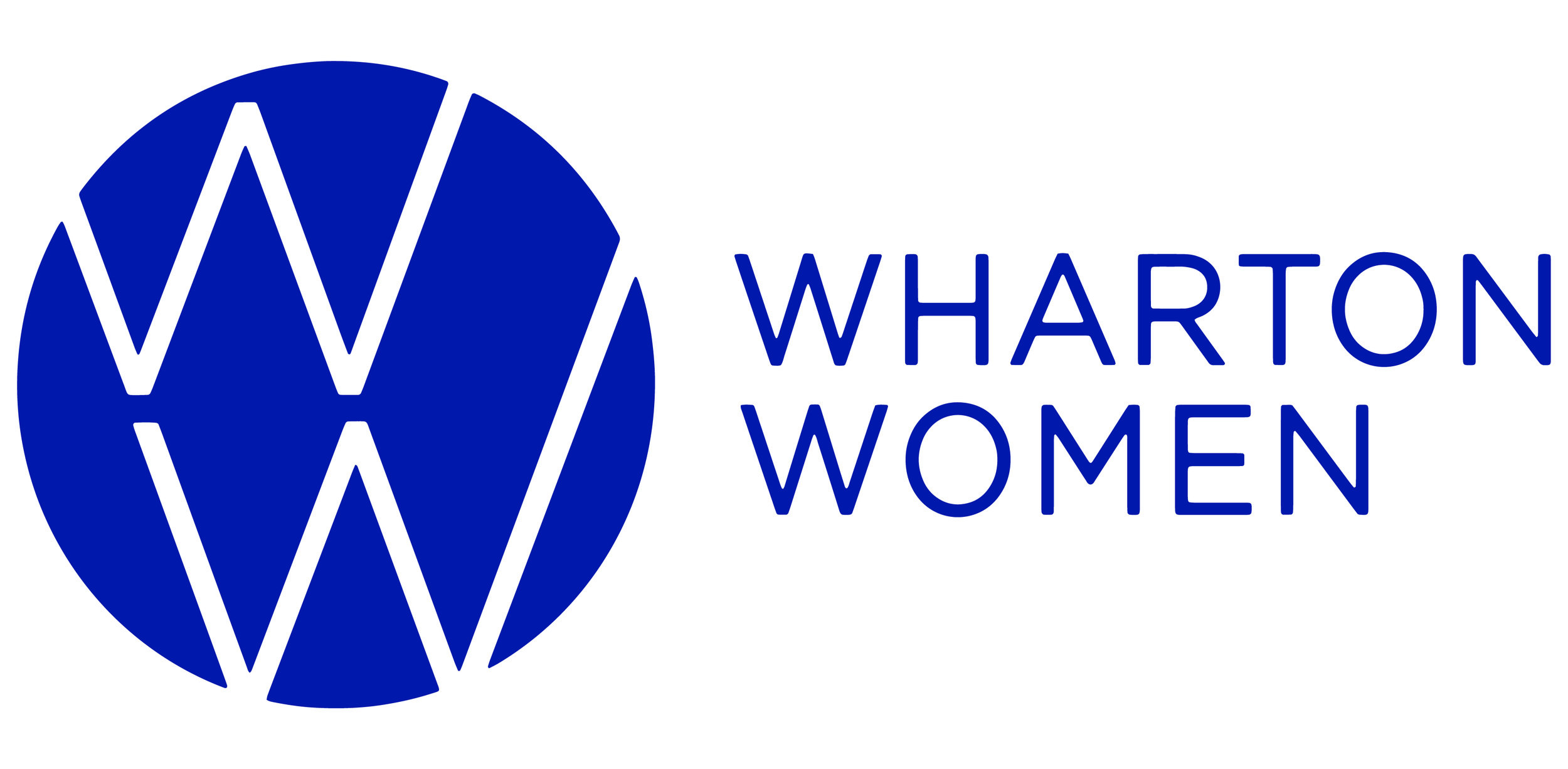Why Brand Collaborations Are Everywhere: from Nike Ice Cream to Dolce and Gabbana toasters
Written by Olivia Wendel (C’26); Edited by Ria Saraswat (W’25)
A few years ago, the idea of a heeled croc was a laughable hypothetical. Fast forward to 2021–Balenciaga and Crocs have teamed up to make many’s worst shoe nightmare a reality.
This unexpected creation is a microcosm of the expanding brand collaboration market. From a brand’s perspective, these partnerships have the potential to cut key costs, form new markets, boost brand awareness, and bolster customer loyalty.
A study by Accenture found that successful collaborations cut each brand’s logistics costs by approximately 4% and manufacturing costs between 5 to 15%. Particularly useful in the age of online shopping, these partnerships can also raise a company’s shelf-stock by between 5 to 8%.
The most straightforward partnership benefit is the expansion into new markets and customer bases. IKEA’s collaboration with several streetwear labels, such as Off-White, allows for both brands to gain new customer base while creating unique products that carve out new market share.
In terms of building brand awareness, it may seem confusing why large, established brands would want to collaborate with up-and-coming labels. However, there are clear benefits for the bigger company. When Adidas collaborated with Palace Skateboards, the skateboard company was able to access a much larger audience, and Adidas was seen as an innovator, gaining favorable PR with its existing customer base.
Collaborations are critical for building loyalty with current customers. Partnerships like Puma x Rihanna showed their customer bases that their interests were understood and acted upon. This is particularly true when brands have significant customer overlap, as it allows customers to enjoy the fusion of two aesthetics and/or products they love.
While those benefits are appealing, not every collaboration is a success. In fact, some partnerships gain such a high degree of negative press upon release that even years later, a simple mention of the duo (perhaps “Kendall Jenner and Pepsi” comes to mind) elicits a visceral response.
Thus, there are two key factors brands should consider when attempting to create a successful, memorable collaboration: co-creation and marketing strategy.
Co-creation encompasses several key elements that are fundamental in the success of a partnership. When curating a product partnership, it’s critical that each brand fully embraces one another’s values and styles. This ensures an alignment of brand stories and allows for confirmation that the only goal shared by brands isn’t profit maximization.
Though a lack of complete overlap between brands seeking to collaborate is valuable in expanding into new markets, too little or no overlap can spell disaster that alienates both core customer bases. Target and Neiman Marcus faced this issue in their infamous 2013 collaboration, where the attempt to merge affordability with luxury resulted in a collection that lacked appeal to luxury consumers and was out of touch with affordability-minded ones.
This examination of shared values also allows for brands to establish whether their risk appetites are similar. Balenciaga, for example, is infamous for its oftentimes outlandish marketing and product design choices. A brand interested in collaborating with Balenciaga to broaden its customer base would have to consider whether it would be willing to pursue a riskier development and advertising strategy that has the potential to go viral in a negative light.
Beyond co-creation, marketing and content creation for collaborations is a must-have in the digital age. Marketing isn’t done only for consumers. It’s critical for companies to build internal buy-in for the partnership as well, as it benefits the quality of communication between brands and boosts employee commitment to the partnership vision.
To maximize gains of a collaboration, brands should maximize media coverage through the production of engaging content documenting the collaboration. Going beyond traditional marketing formats and holding promotional events allows for the benefit of free press time devoted to the collaboration. Through an incremental approach, brands can avoid consumer fatigue from overconsumption of repetitive ads and maximize interest in time with their product releases.
Outside of the structure of a marketing campaign, brands must prioritize creating media content that connects with their target audience. Pepsi’s decision to direct a commercial with Kendall Jenner ending a violent protest by giving a Pepsi to a police officer is a prime example of a failure to do so. This content was entirely out of touch with the younger, more socially conscious audience they were attempting to capture, and led to Pepsi’s brand perception reaching the lowest point it had seen in eight years.
Brand collaborations are an enticing concept for companies, but to achieve them successfully, brands must merge their values and stay intune to the desires of their customers– or risk a PR fiasco that can tarnish their brand name for years to come.
